Home>Home Appliances>Laundry Appliances>How Often To Drain A Washing Machine
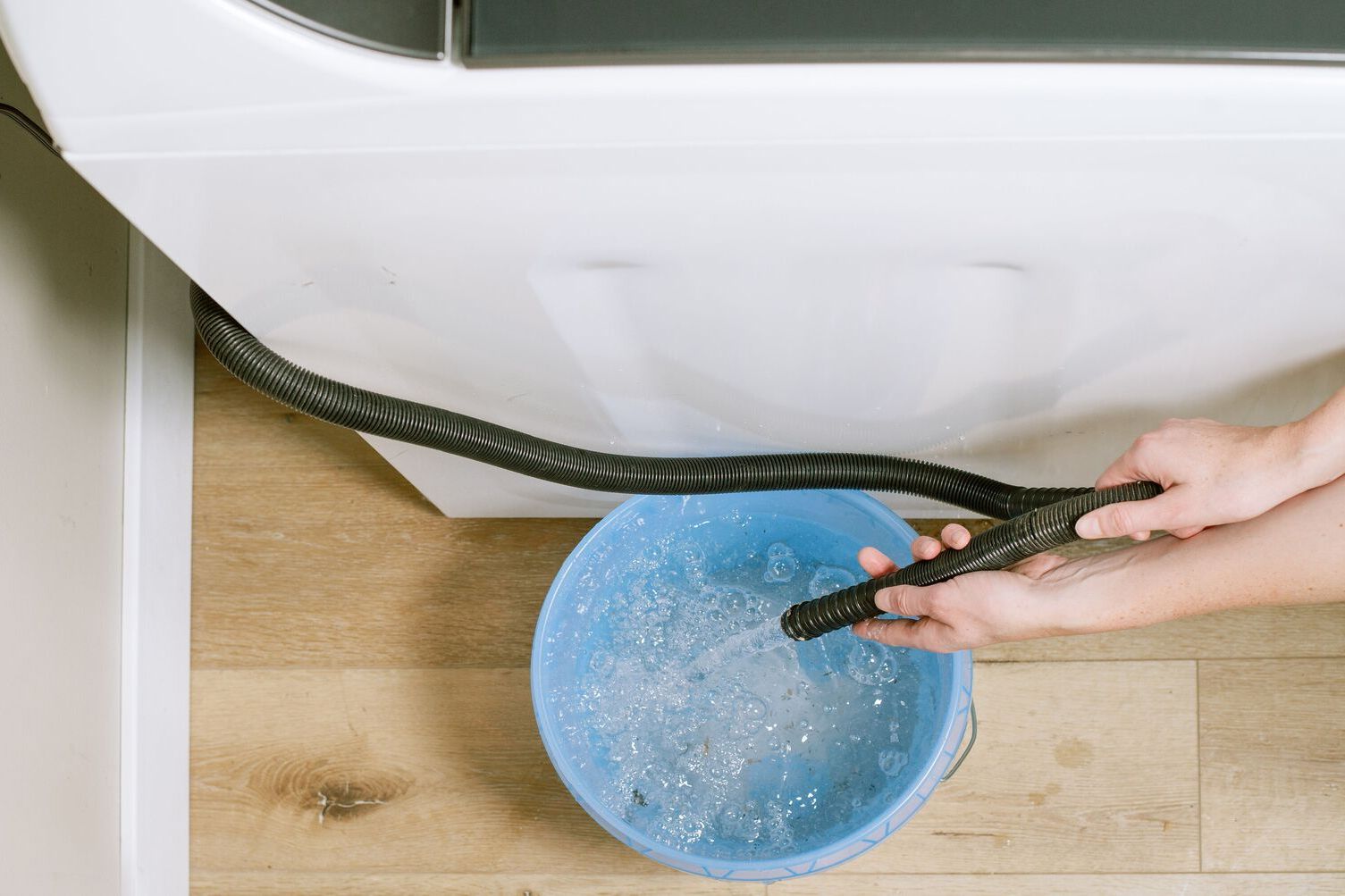

Laundry Appliances
How Often To Drain A Washing Machine
Modified: August 27, 2024
Learn how often to drain a washing machine for optimal performance and maintenance. Get expert tips on maintaining your laundry appliances.
(Many of the links in this article redirect to a specific reviewed product. Your purchase of these products through affiliate links helps to generate commission for Storables.com, at no extra cost. Learn more)
Signs that Your Washing Machine Needs Draining
-
Foul Odor: If your washing machine emits a musty or unpleasant odor, it's a clear sign that it needs draining. This odor is often caused by the accumulation of dirt, detergent residue, and moisture in the machine, leading to the growth of mold and mildew.
-
Visible Mold or Mildew: Inspect the rubber door seal, detergent drawer, and other hidden areas of your washing machine. If you notice black or grayish patches, it indicates the presence of mold or mildew. This not only affects the cleanliness of your laundry but also poses health risks.
-
Residue on Clothes: Are your clothes coming out of the wash with unexplained stains or a lingering musty smell? This could be a result of a buildup of grime and bacteria in the washing machine, which is then transferred onto your laundry during the wash cycle.
-
Slow Drainage: If you notice that water is slow to drain from the washing machine after a cycle, it could be a sign of clogged drainage due to the accumulation of debris and detergent residue.
-
Excessive Detergent Buildup: Over time, detergent and fabric softener can accumulate in the washing machine, leading to a sticky residue on the drum and other internal components. This buildup not only affects the machine's performance but also impacts the cleanliness of your clothes.
-
Unusual Noises: Strange noises during the wash cycle, such as banging or grinding sounds, can indicate that the washing machine's drum or other components are affected by the accumulation of debris and mineral deposits.
-
Water Quality Issues: If you live in an area with hard water, mineral deposits can accumulate in the washing machine, leading to limescale buildup. This can affect the efficiency of the machine and result in poor wash results.
Recognizing these signs is crucial in maintaining the efficiency and longevity of your washing machine. Regularly draining your washing machine can help prevent these issues and ensure that your laundry comes out fresh and clean every time.
Key Takeaways:
- Regularly draining your washing machine is crucial to prevent mold, mildew, and detergent buildup. It helps maintain cleanliness, efficiency, and prolongs the appliance’s lifespan, ensuring fresh laundry every time.
- When draining your washing machine, don’t forget to inspect the drain pump filter, use gentle cleaning agents, and pay attention to hidden mold-prone areas. Regular maintenance prevents issues and keeps your machine running smoothly.
Read more: How To Drain Washer
Importance of Regularly Draining Your Washing Machine
Regularly draining your washing machine is a crucial aspect of appliance maintenance that often goes overlooked. The accumulation of dirt, detergent residue, and moisture in the washing machine can lead to a myriad of issues that not only affect the cleanliness of your laundry but also impact the machine's performance and longevity.
One of the primary reasons for regularly draining your washing machine is to prevent the buildup of mold and mildew. These unwelcome guests thrive in the warm, damp environment of the washing machine, particularly in hidden areas such as the rubber door seal and detergent drawer. Over time, mold and mildew can not only cause a foul odor but also pose health risks to you and your family. By draining the machine regularly, you can effectively remove the moisture and residue that contribute to the growth of these harmful substances.
Furthermore, regular draining helps to eliminate detergent and fabric softener buildup inside the washing machine. These products can leave behind a sticky residue on the drum and other internal components, affecting the machine's performance and the cleanliness of your clothes. By draining the machine, you can prevent the accumulation of these residues, ensuring that your laundry comes out fresh and free from any unwanted residues.
In addition to maintaining the cleanliness of your washing machine and laundry, regular draining also contributes to the overall efficiency of the appliance. A clean and well-maintained washing machine operates more effectively, providing better wash results and prolonging the lifespan of the appliance. By preventing the buildup of debris, mineral deposits, and limescale, you can ensure that the machine functions optimally, saving you from potential repair costs and the inconvenience of a malfunctioning appliance.
Moreover, regular draining can help address water quality issues, particularly for those living in areas with hard water. The accumulation of mineral deposits from hard water can lead to limescale buildup in the washing machine, affecting its efficiency and the quality of the wash. By draining the machine regularly, you can mitigate the impact of hard water on your appliance, ensuring that it continues to deliver satisfactory results.
In essence, regularly draining your washing machine is essential for maintaining its cleanliness, performance, and longevity. By incorporating this simple yet crucial task into your regular home maintenance routine, you can ensure that your washing machine operates effectively, providing clean and fresh laundry with every wash.
Steps to Properly Drain Your Washing Machine
-
Prepare the Washing Machine: Before initiating the draining process, ensure that the washing machine is unplugged from the power source. This is a crucial safety measure to prevent any electrical mishaps during the draining procedure.
-
Gather Necessary Supplies: To effectively drain the washing machine, you will need a few basic supplies, including a bucket, towels, and a mild cleaning solution. These items will aid in containing any excess water and cleaning the interior of the machine.
-
Empty the Drum: Remove any clothing or items from the washing machine drum. It is essential to ensure that the drum is completely empty before proceeding with the draining process.
-
Inspect and Clean the Drain Pump Filter: Locate the drain pump filter, which is typically situated at the front or bottom of the washing machine. Unscrew the filter and carefully remove any debris, lint, or foreign objects that may have accumulated. This step is crucial for maintaining proper drainage and preventing clogs.
-
Drain the Water Manually: Depending on the model of your washing machine, there may be a manual drain hose or pump that allows you to release any remaining water. Place a bucket near the hose or pump, then carefully open the drainage valve to allow the water to flow into the bucket. Use towels to contain any spills and prevent water from spreading.
-
Clean the Interior: Once the water has been drained, use a mild cleaning solution and a cloth to wipe down the interior of the washing machine. Pay close attention to areas prone to mold and mildew, such as the rubber door seal and detergent drawer. This step helps eliminate any lingering odors and residue, contributing to a cleaner and fresher washing machine.
-
Run a Cleaning Cycle: Some washing machines feature a specific cleaning cycle designed to remove residue and bacteria from the interior. If your machine offers this option, initiate the cleaning cycle according to the manufacturer's instructions. This additional step can further enhance the cleanliness and hygiene of your washing machine.
-
Reassemble and Plug In: Once the draining and cleaning process is complete, reassemble any removed components, such as the drain pump filter. Ensure that everything is securely in place before plugging the washing machine back into the power source.
By following these steps, you can effectively drain your washing machine, maintain its cleanliness, and prevent potential issues associated with mold, mildew, and detergent residue. Regularly incorporating this maintenance task into your home care routine can contribute to the longevity and optimal performance of your washing machine.
Common Mistakes to Avoid When Draining Your Washing Machine
When it comes to draining your washing machine, certain common mistakes can inadvertently compromise the effectiveness of the process and even lead to potential damage to the appliance. By being mindful of these pitfalls, you can ensure that the draining procedure is carried out smoothly and effectively, contributing to the overall maintenance and performance of your washing machine.
Neglecting Regular Maintenance
One of the most prevalent mistakes is neglecting the regular maintenance of the washing machine, including draining. Over time, dirt, detergent residue, and moisture can accumulate within the machine, leading to the growth of mold, mildew, and the buildup of unwanted residues. By adhering to a consistent maintenance schedule and incorporating draining as a routine task, you can prevent these issues and maintain the cleanliness and efficiency of your washing machine.
Read more: How To Unclog Washer Drain
Failing to Inspect the Drain Pump Filter
The drain pump filter plays a crucial role in facilitating proper drainage and preventing clogs within the washing machine. Failing to inspect and clean the filter regularly can impede the draining process and potentially lead to water backup or drainage issues. By routinely checking and clearing the drain pump filter of any debris or obstructions, you can ensure that the washing machine drains effectively after each cycle.
Using Harsh Cleaning Agents
When cleaning the interior of the washing machine during the draining process, using harsh or abrasive cleaning agents can be detrimental to the appliance. These substances can damage the surfaces of the machine and its components, leading to potential wear and tear. Opt for mild cleaning solutions and gentle cleaning techniques to effectively remove residue and maintain the hygiene of the washing machine without causing harm.
Overlooking Hidden Areas Prone to Mold and Mildew
Mold and mildew tend to thrive in hidden areas of the washing machine, such as the rubber door seal and detergent drawer. Overlooking these areas during the draining and cleaning process can result in the persistence of mold and mildew, leading to unpleasant odors and potential health hazards. Paying attention to these often-neglected areas and thoroughly cleaning them can help prevent the growth of mold and mildew within the washing machine.
Skipping the Reassembly Step
After completing the draining and cleaning process, it is essential to reassemble any components that were removed, such as the drain pump filter. Failing to do so can result in operational issues and potential leaks during the next use. Ensure that all components are securely reassembled before plugging the washing machine back into the power source, thus preventing any complications that may arise from incomplete reassembly.
By being mindful of these common mistakes and taking proactive measures to avoid them, you can effectively drain your washing machine and maintain its cleanliness and performance. Incorporating these best practices into your home maintenance routine can contribute to the longevity and optimal functioning of your washing machine, ensuring that it continues to provide clean and fresh laundry with every wash.
Frequently Asked Questions about How Often To Drain A Washing Machine
Was this page helpful?
At Storables.com, we guarantee accurate and reliable information. Our content, validated by Expert Board Contributors, is crafted following stringent Editorial Policies. We're committed to providing you with well-researched, expert-backed insights for all your informational needs.


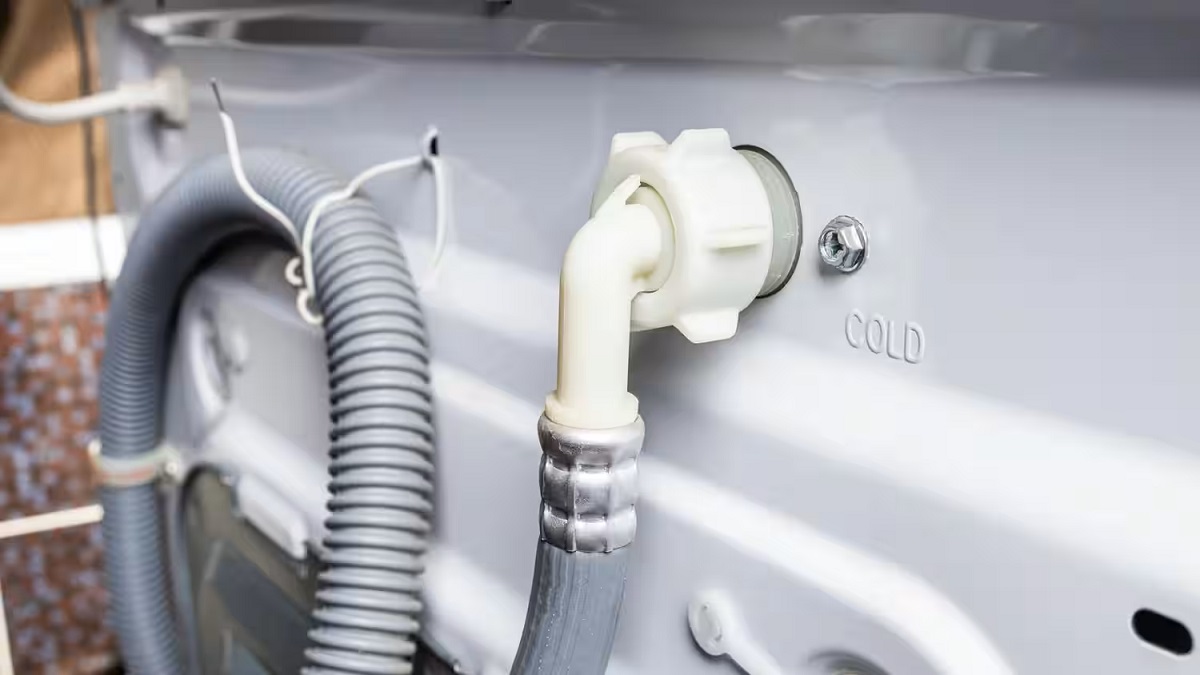
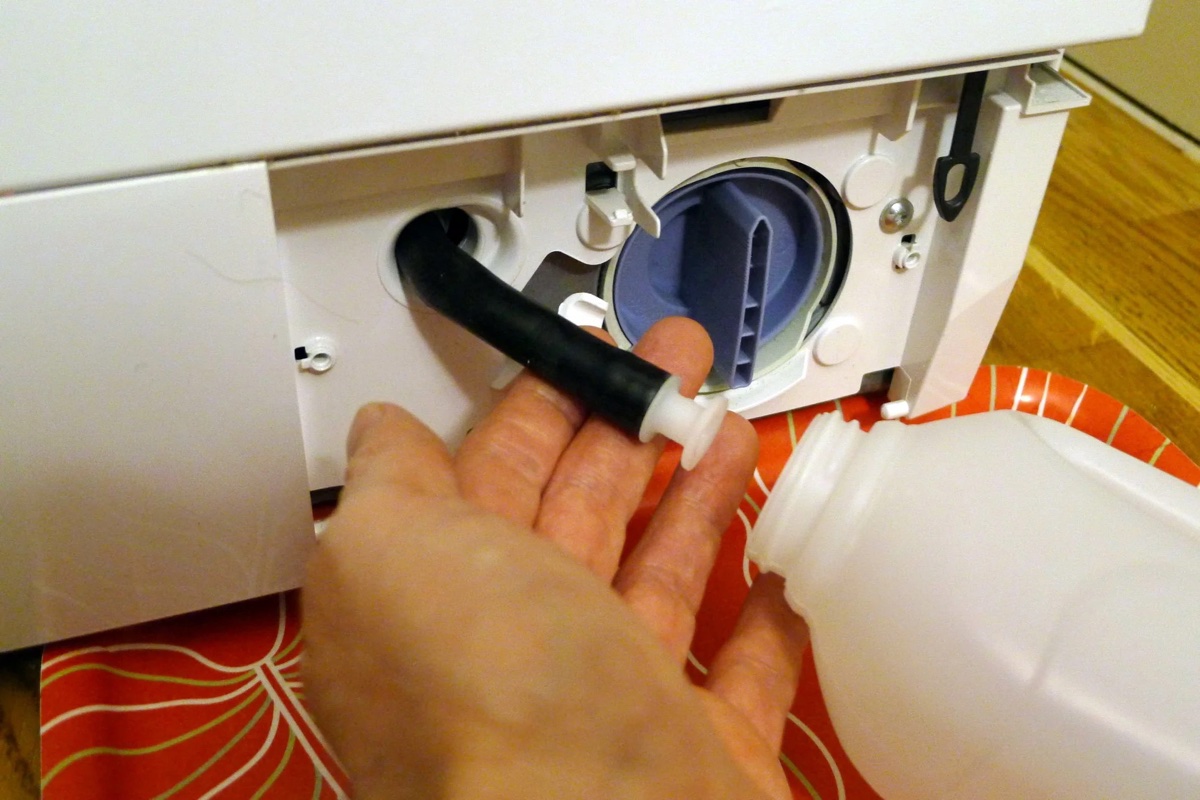
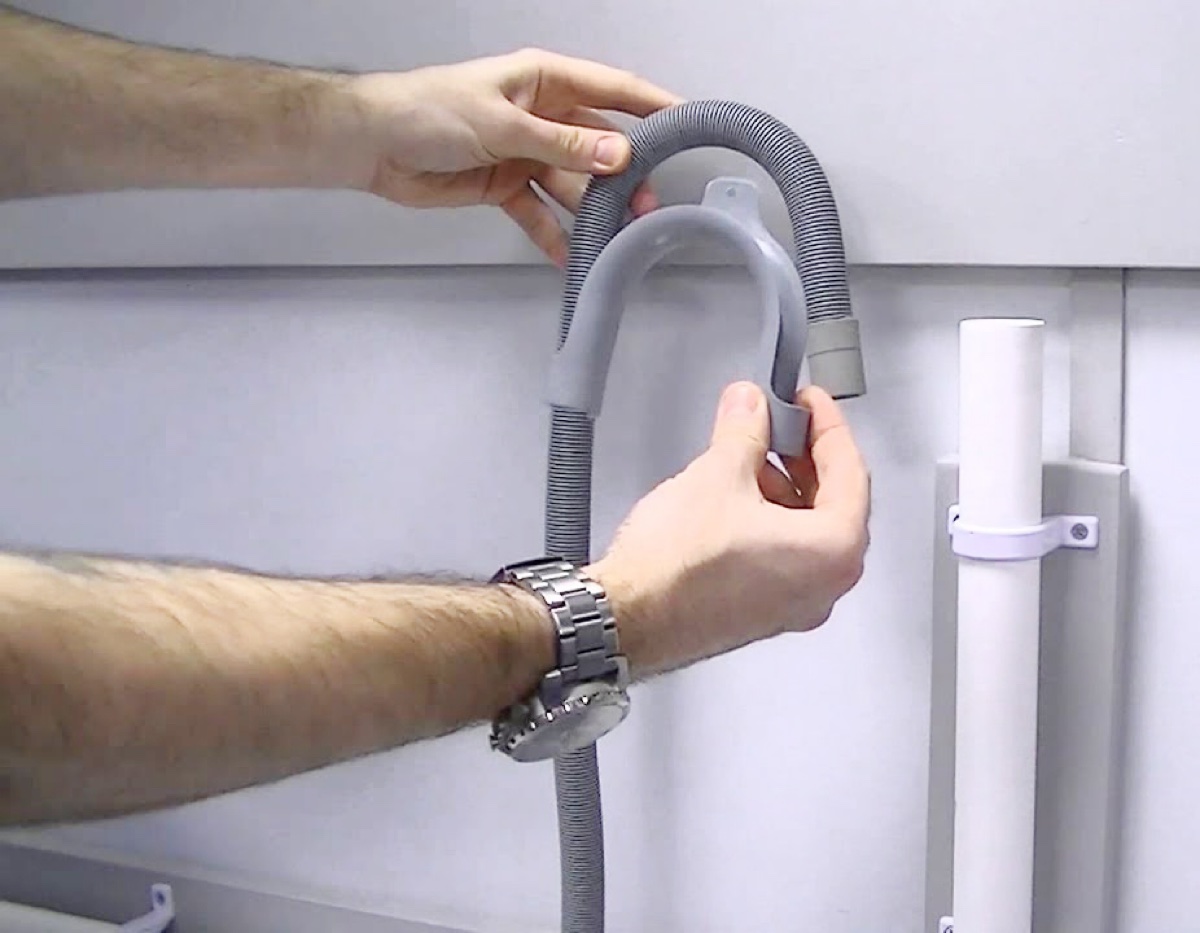

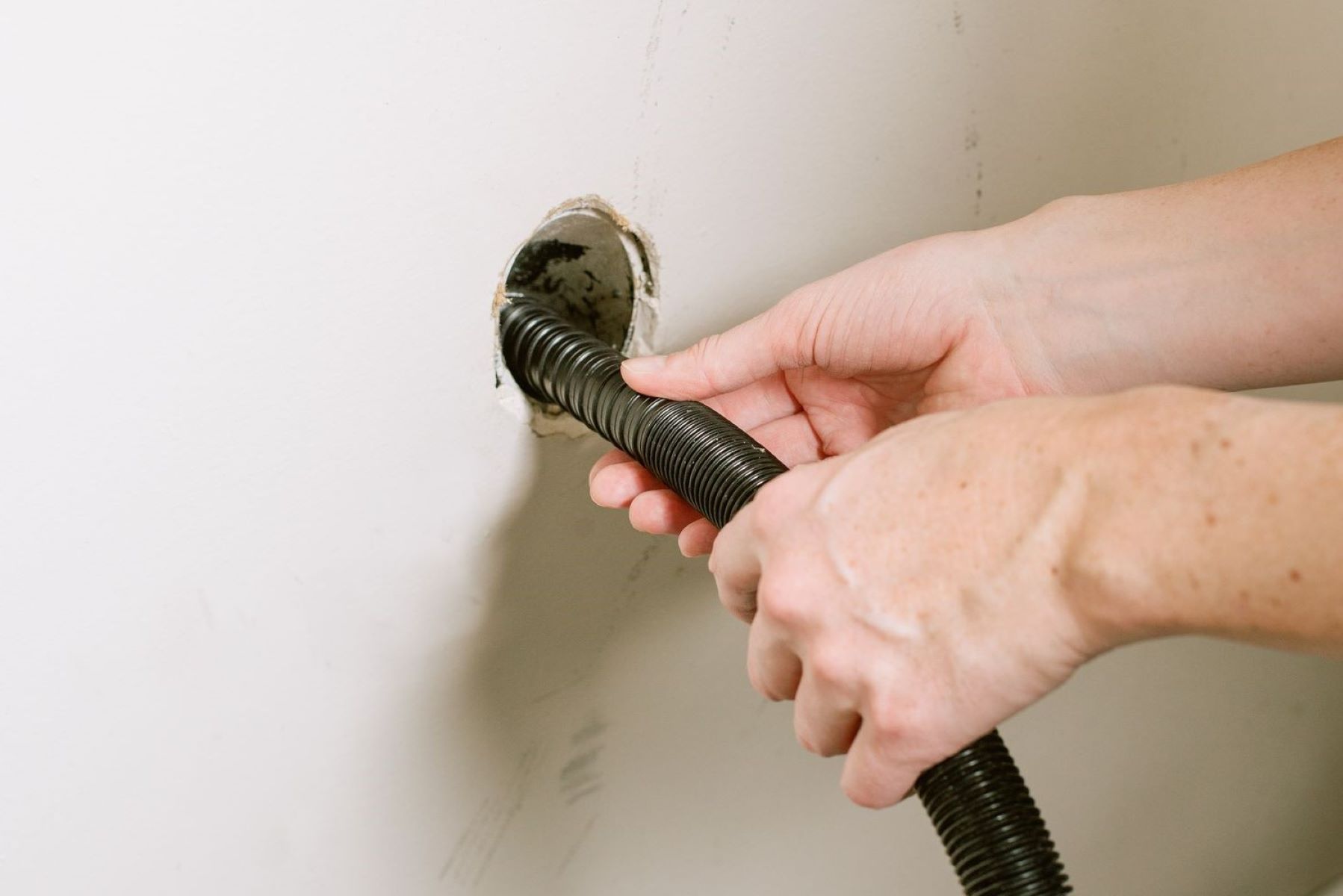
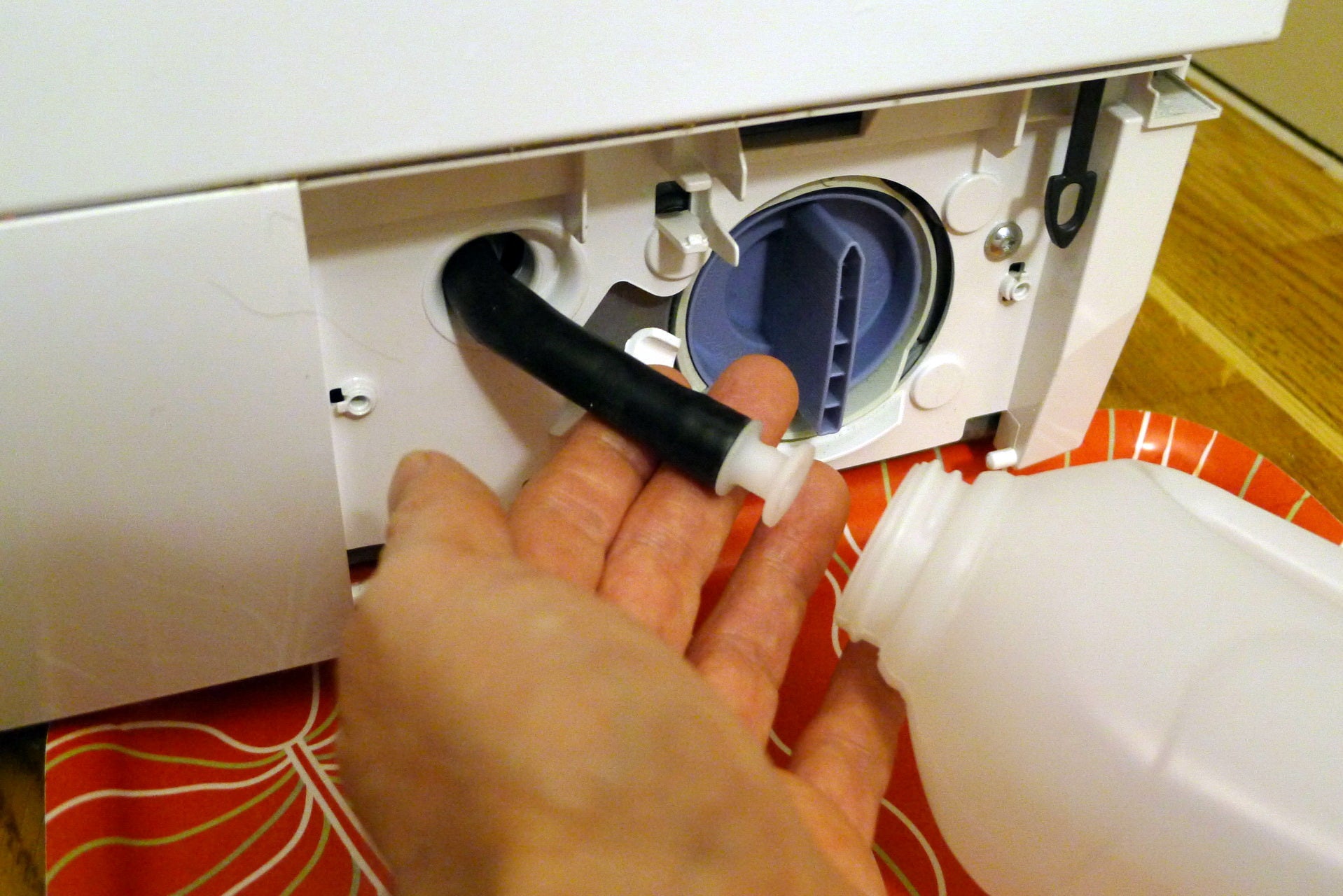
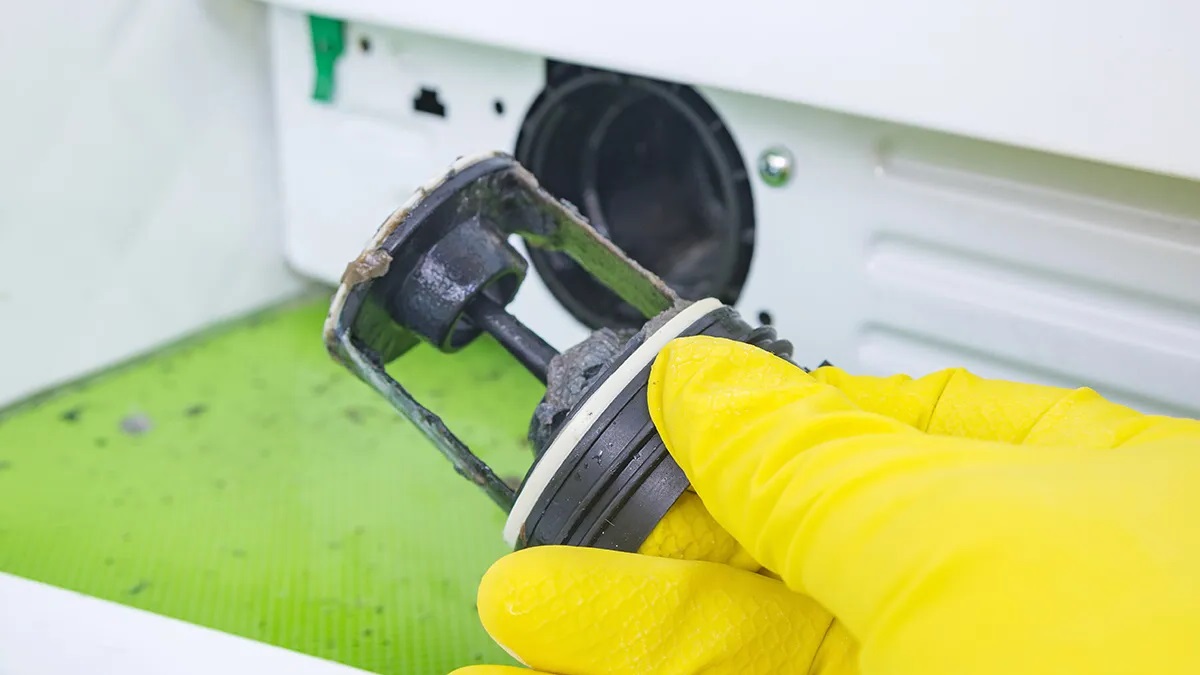
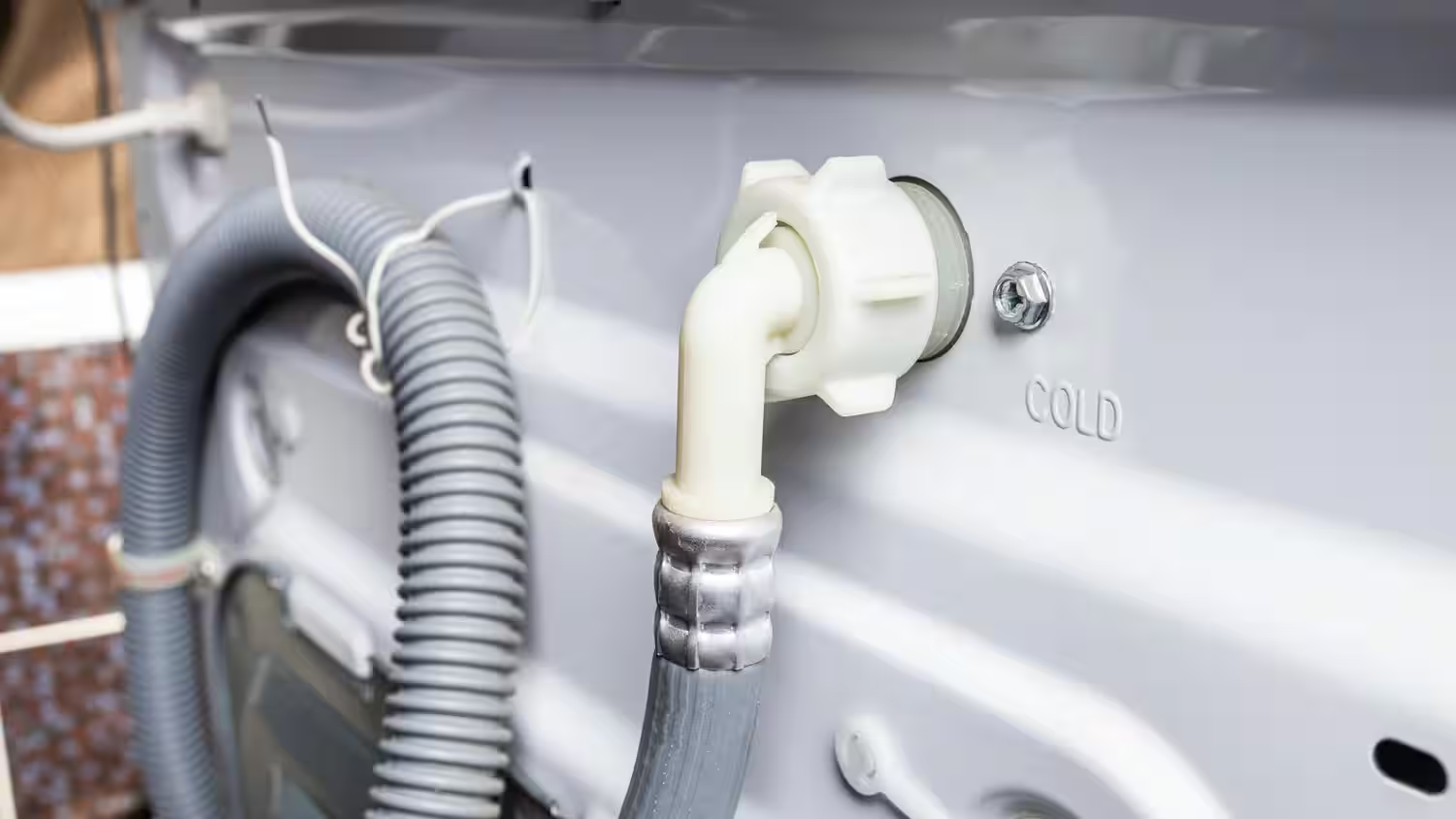
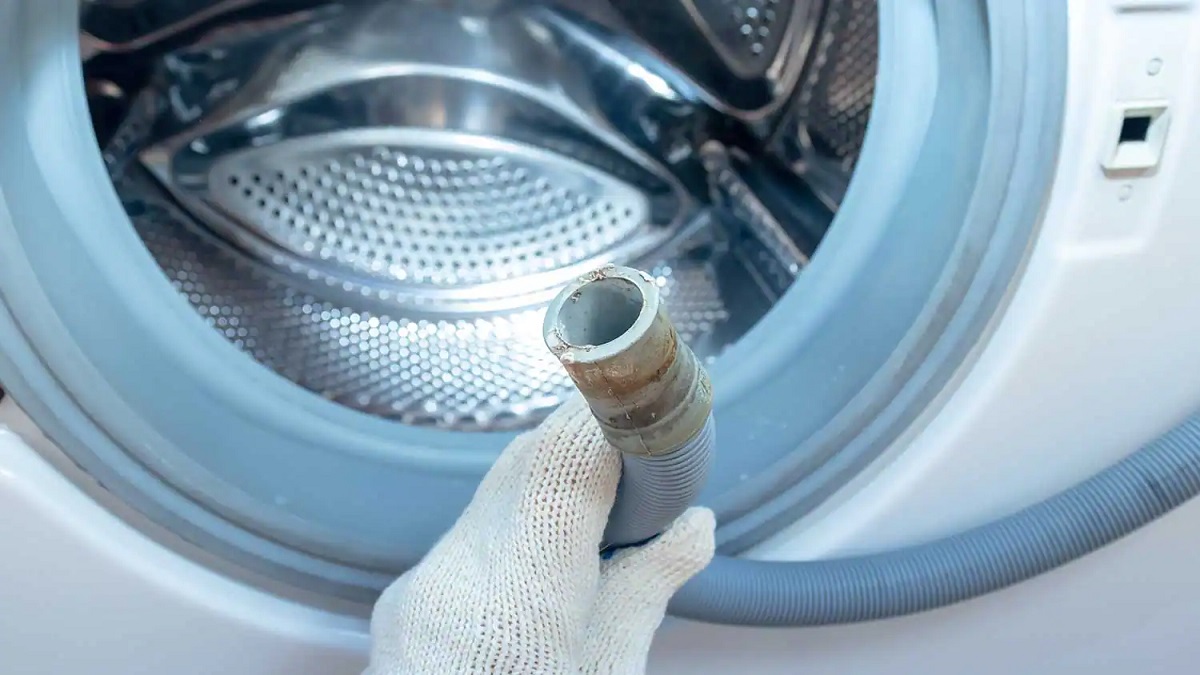
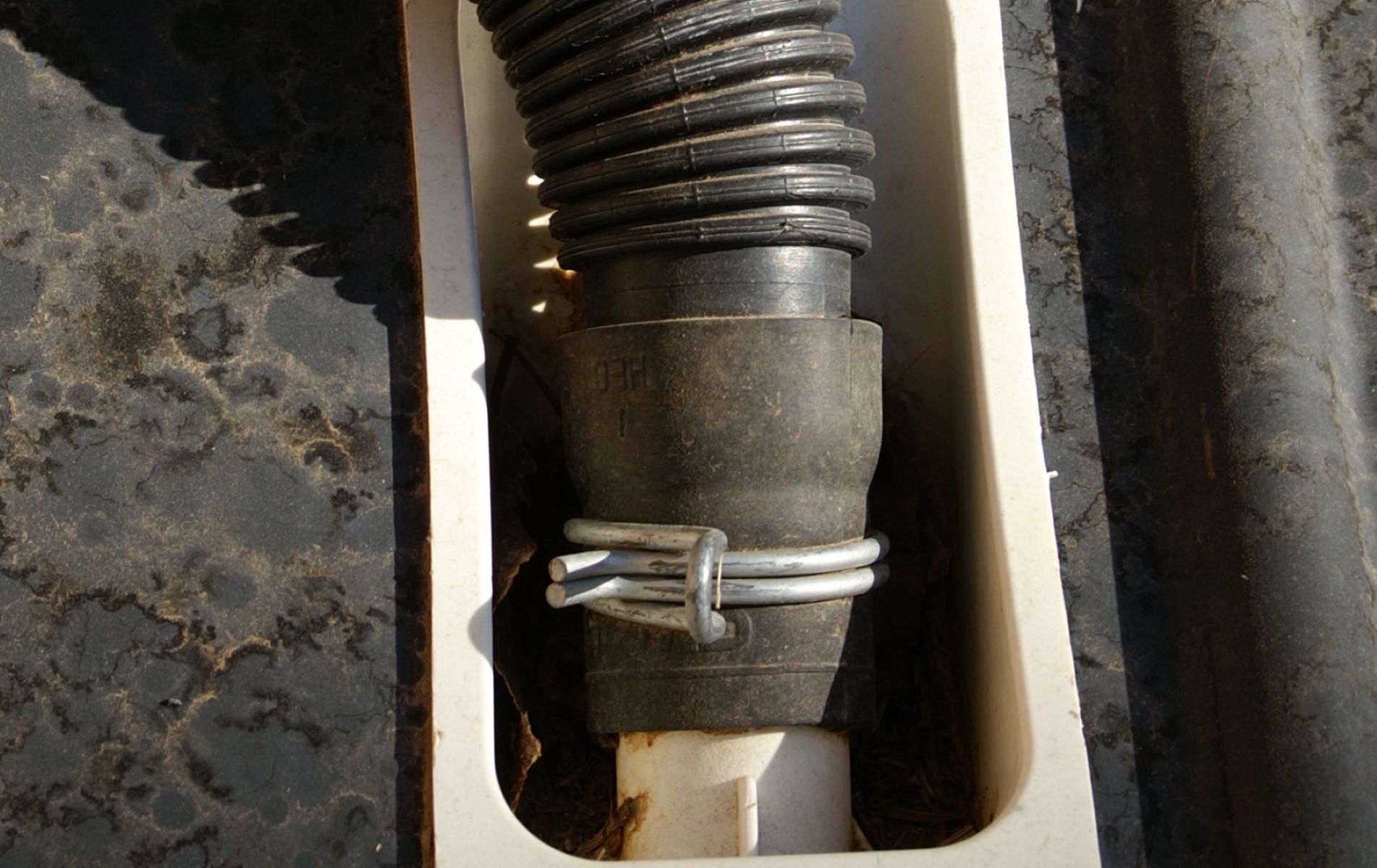
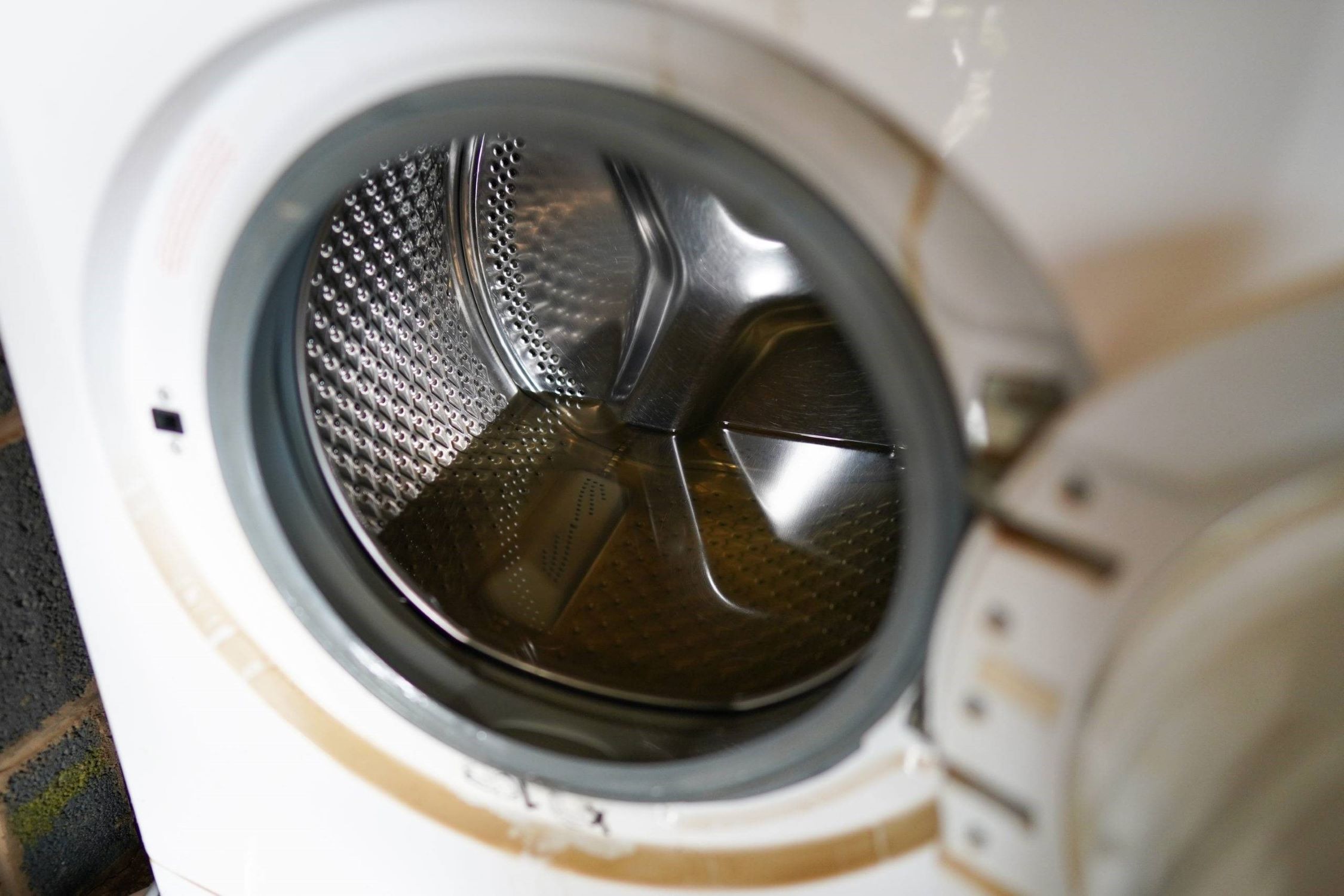
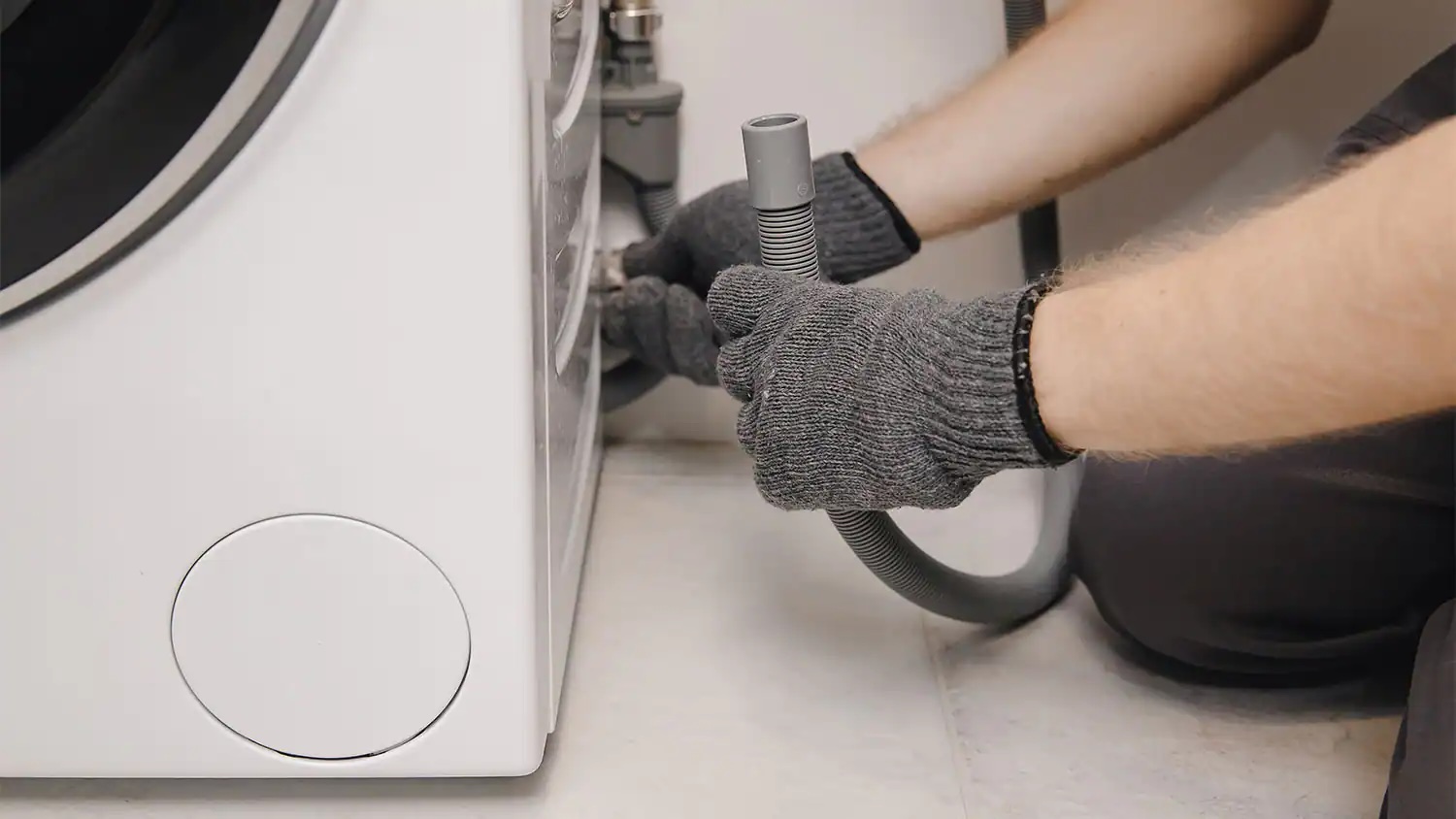

0 thoughts on “How Often To Drain A Washing Machine”